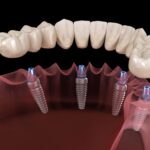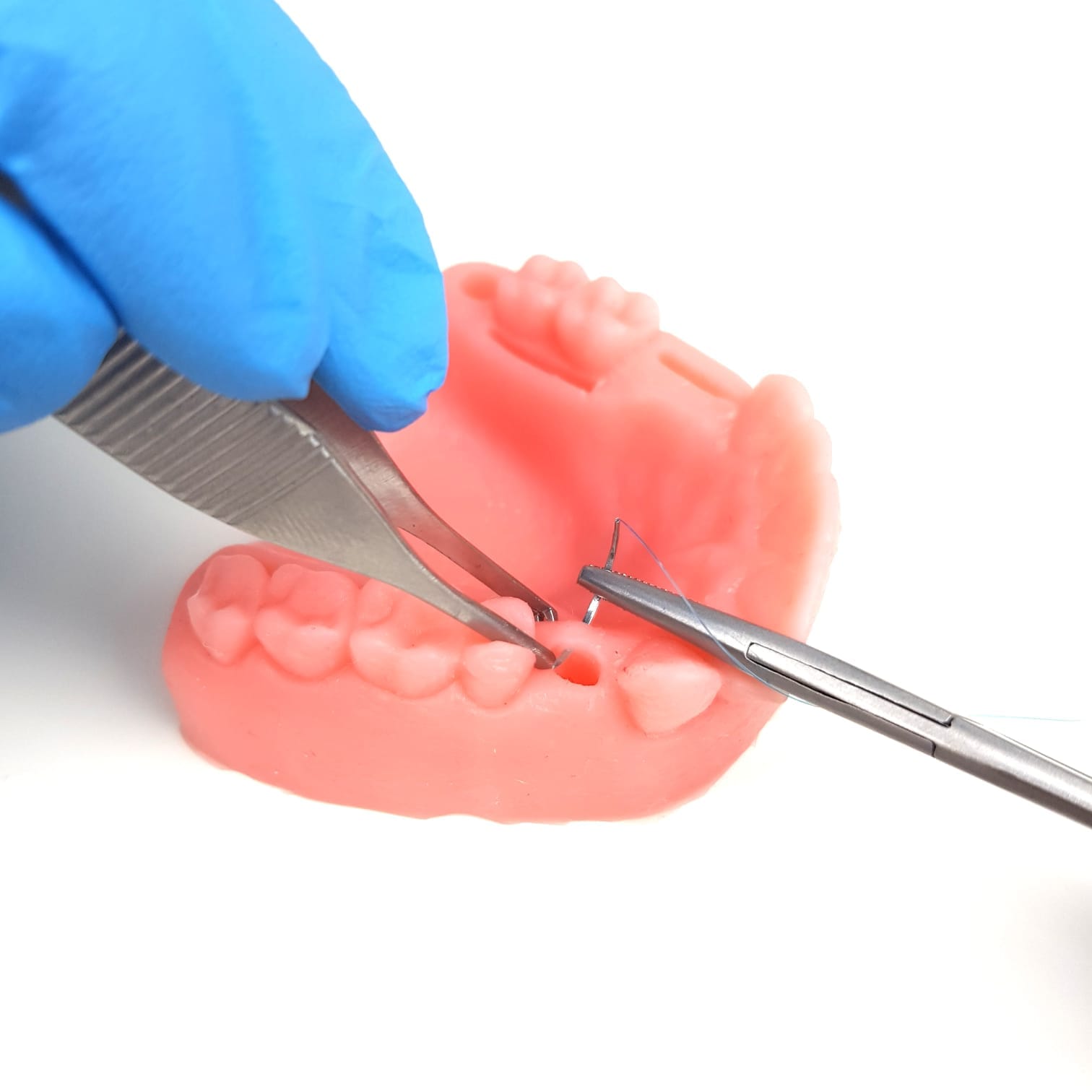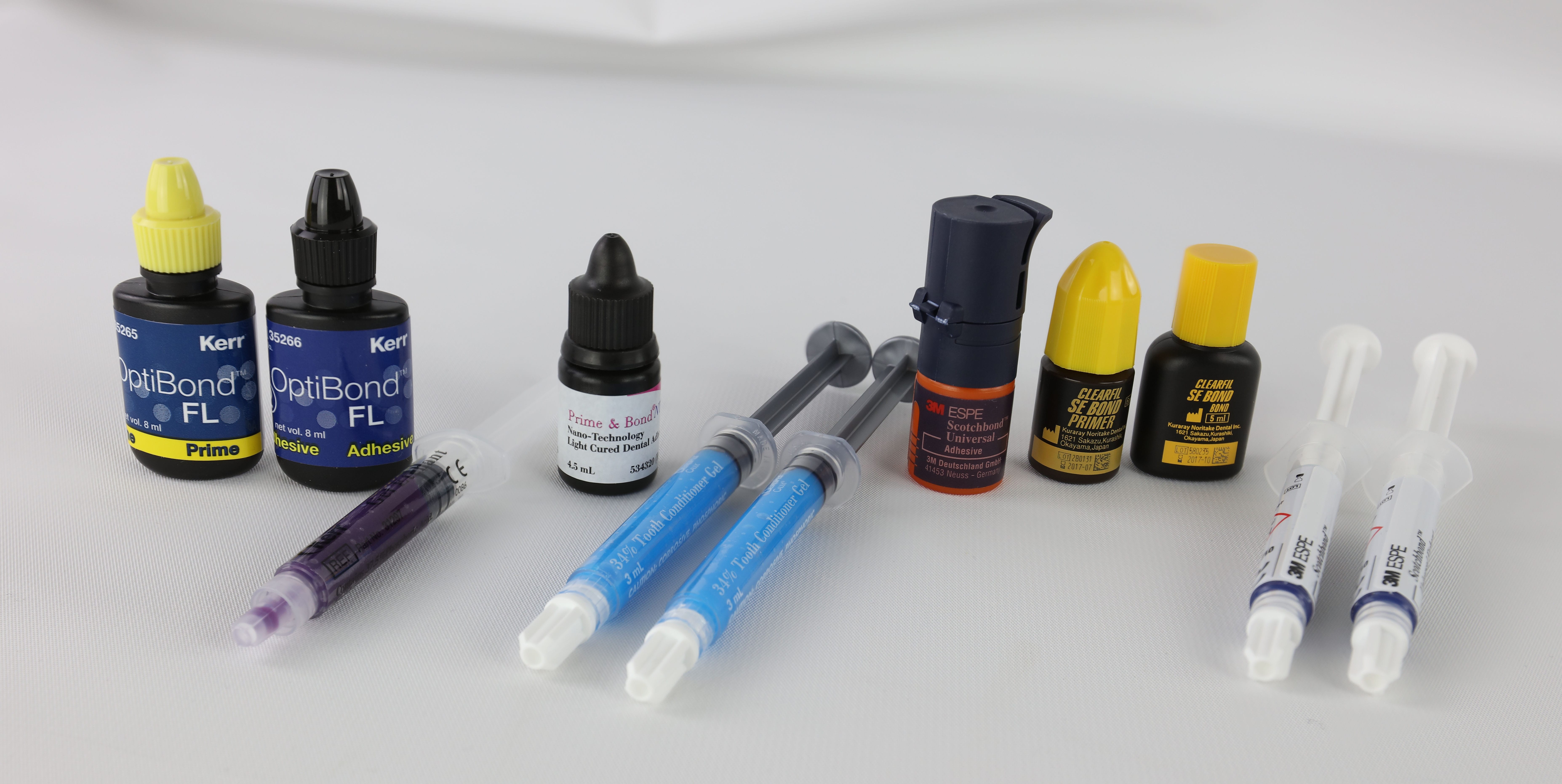Are you considering a dental bridge to restore your smile? While these solutions are effective and durable, understanding the cost is crucial for making informed decisions. In this engaging guide, we’ll explore everything you need to know about dental bridge costs, including:
- Average prices by bridge type
- Factors influencing total costs
- Insights into dental insurance coverage
- Tips for making dental bridges more affordable
By the end of this article, you’ll be equipped with the financial insights necessary to navigate your dental care options confidently. Let’s dive in!
Average Dental Bridge Cost by Type
The cost of a dental bridge can vary significantly based on the type you choose. Here’s a breakdown of the four main types of dental bridges and their typical price ranges:
1. Traditional or Cantilever Bridges
These are the most common types of bridges. Traditional bridges feature crowns on either side of the pontic (the false tooth), while cantilever bridges are anchored on just one side.
- Cost Range: $2,000 – $5,000 per unit
2. Maryland Bridges
Also known as resin-bonded bridges, Maryland bridges consist of a metal framework with “wings” that bond to the back of existing teeth. They generally cost less than traditional bridges.
- Cost Range: $1,500 – $2,500 per unit
3. Implant-Supported Bridges
As the name suggests, these bridges are anchored by dental implants rather than crowns or frameworks. Although the initial cost is higher, implant-supported bridges offer enhanced stability and longevity.
- Cost Range: $5,000 – $15,000 for a 3-unit bridge
Keep in mind that these figures represent average price ranges; your actual costs may vary based on several factors discussed below.
Factors That Affect Dental Bridge Cost
Every smile is unique, and so are the treatment plans for dental bridges. Several key factors will influence the overall cost:
Materials Used
Dental bridges can be crafted from various materials, including:
- Porcelain fused to metal (PFM)
- All-ceramic or all-porcelain
- Zirconia
- Gold alloys
PFM and all-ceramic options are popular for their aesthetic appeal but tend to be pricier than metal alternatives. Zirconia is known for its strength but also comes at a higher cost.
Geographic Location
Dental costs can fluctuate dramatically based on your location. Typically, urban areas and coastal regions have higher prices compared to smaller towns or rural areas. For example, according to the American Dental Association, the average cost of a crown (used to anchor a traditional bridge) ranges from $1,000 to $1,500 nationwide but can be significantly higher in states like New York or California.
Complexity of Your Case
If your treatment requires additional procedures—such as tooth extractions or bone grafts—expect an increase in total costs. Additionally, custom-fabricated bridges or those needed for complex dental anatomy may also incur higher fees.
Dentist’s Training and Reputation
Highly experienced dentists with advanced training in restorative dentistry often charge more than general practitioners. However, investing in a skilled provider can reduce complications and enhance satisfaction with your results.
Dental Insurance Coverage for Bridges: What’s Covered?
Dental bridges are classified as “major procedures,” and most insurance plans typically cover around 50% of the cost up to an annual maximum (usually between $1,000 and $2,000). Here are some important considerations:
- Waiting Periods: New dental insurance plans may impose waiting periods of 6-12 months before covering major procedures.
- Frequency Limits: Many plans restrict how often they will cover replacements—often allowing one every 5 to 7 years.
- Material Restrictions: Some plans only cover specific materials (like PFM) and may classify all-porcelain or zirconia options as “cosmetic.”
- Missing Tooth Clause: If your plan includes a “missing tooth clause” and the tooth was extracted before your coverage began, it may not cover the replacement bridge.
Review your dental insurance documents carefully or consult with your provider to understand your specific coverage details. Your dentist’s office can also assist you in maximizing benefits and filing claims.
Other Ways to Make Dental Bridges Affordable
If you lack adequate insurance coverage or need additional financial assistance, consider these options:
Dental Discount Plans
These plans offer an affordable alternative to traditional insurance. By paying an annual fee, you gain access to reduced rates (10%-60% off) from participating providers—without annual maximums or waiting periods.
CareCredit or In-House Financing
Many dental offices partner with financing companies like CareCredit or offer in-house payment plans that allow you to spread costs over several months or years—often with low or no interest.
Dental Schools
Dental schools provide discounted rates on procedures performed by students under faculty supervision. While this may take longer, it’s an excellent way to receive quality care at a reduced price.
Health Savings Accounts (HSAs) or Flexible Spending Accounts (FSAs)
If you have a high-deductible health plan, you might use HSA or FSA funds for dental expenses like bridges. These accounts enable you to allocate pre-tax dollars for qualifying medical and dental costs.
Conclusion
The cost of a dental bridge can range from $1,500 to $15,000 or more based on various factors such as type and materials used. While dental insurance may cover up to 50% of expenses, understanding your plan’s specifics is crucial. If insurance isn’t sufficient, explore alternatives like discount plans and financing options.
Ultimately, scheduling a consultation with a dentist will provide the most accurate estimate tailored to your needs. Investing in a high-quality dental bridge not only restores your smile but also enhances your oral health and boosts confidence for years ahead. Don’t let concerns about cost deter you—explore your options and find a payment solution that works for you!















